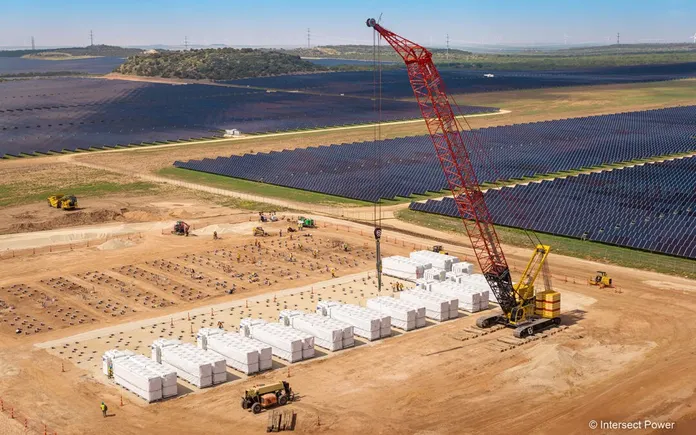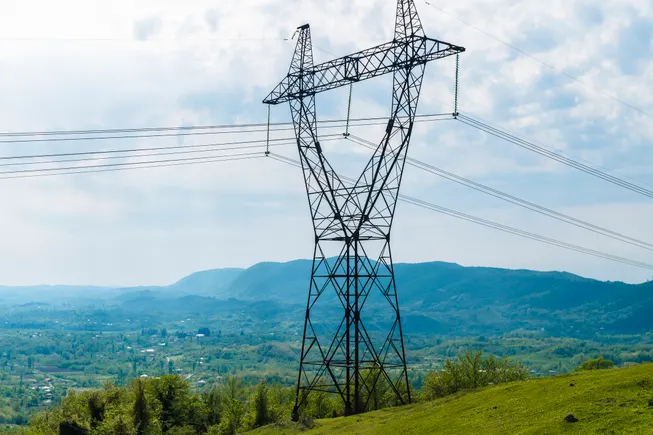
Southeast Asia could unlock up to 25 gigawatts (GW) of renewable energy generation and over $40 billion of investment in hydropower, solar and offshore wind if all proposed interconnections with Singapore are realized, according to research by Rystad Energy.
“Singapore is well-positioned to become a green power hub, serving as a central node for regional interconnections with cross-border neighboring nations”, the energy intelligence firm said. “Importing electricity through the regional grid presents a cost-effective solution for the island-nation and could result in emissions reductions of up to 13 million tonnes of carbon dioxide equivalent per year if all projects are realized”.
In the Association of Southeast Asia Nations (ASEAN) Summit last month, leading energy companies from Malaysia, Singapore and Vietnam signed an agreement to evaluate the potential export of renewable energy from Vietnam to its two neighbors via a new subsea cable.
“Singapore’s target is to import around 6GW of low-carbon electricity by 2035, which is around one-third of the nation’s energy demand then”, a joint statement by the companies said. “Connecting regional power grids will also promote the development of renewable energy in the region and pave the way in realizing the ASEAN Power Grid vision”.
During the biennial gathering in Kuala Lumpur, ASEAN finance ministers and central bank governors met on a proposed financing framework for the ASEAN Power Grid (APG).
“We looked forward to the signing of the enhanced ASEAN Power Grid Memorandum of Understanding (MOU), and the endorsement of the Terms of Reference of Subsea Power Cable Development Framework in 2025”, Malaysian Prime Minister Anwar Ibrahim said in the Chairman’s Statement for the summit. The first MOU on the APG was signed August 2007.
“This will strengthen the legal and institutional framework for multilateral power trade and support the development of multiple cross-border overland and subsea electricity interconnections within ASEAN so as to realize the APG vision by 2045”, Anwar said.
Raksit Pattanapitoon, Rystad’s lead renewables and power analyst for Asia-Pacific, said, “By leveraging its financial strength and reputation as a reliable business partner, Singapore can help unlock capital for large-scale infrastructure in neighboring nations, where land is more abundant but power demand is less concentrated”.
Rystad’s analysis found Singapore could save more money in terms of the levelized cost of electricity (LCOE) by importing power from its neighbors than building more combined-cycle gas turbine plants, which currently account for 96 percent of the city-state’s power mix.
“Singapore’s Electricity Market Authority plays a key role in securing a reliable supply of imported low-carbon electricity. Its current framework requires projects to achieve an annual load factor of at least 60 percent within five years of commercial operation, ensuring a steady and dependable power supply for the nation. While developers naturally aim to meet this minimum, there is a strong economic incentive to exceed it”, Rystad explained.
“Raising the load factor target from 60 percent to 100 percent can substantially lower the overall LCOE by spreading transmission costs more effectively and unlocking capital expenditure efficiencies through economies of scale.
“This impact is particularly significant in countries such as Malaysia (Sarawak), Cambodia and Vietnam, where long transmission distances amplify cost optimization benefits. Hydropower projects, in particular, benefit from these scaling effects, resulting in even greater cost reductions.
“Solar-plus-storage hybrid systems, with optimized direct current/alternating current configurations and appropriately sized battery energy storage systems (BESS), can already achieve load factors above 90 percent, both technically and economically”.
Nevi Cahya Winofa, Rystad analyst for renewables and power research, said, “Current cost analyses indicate these hybrid systems could deliver lower LCOEs than many in the industry currently anticipate. Singapore, strategically positioned at the heart of this evolving energy system, stands to gain significantly”.
To contact the author, email [email protected]





















